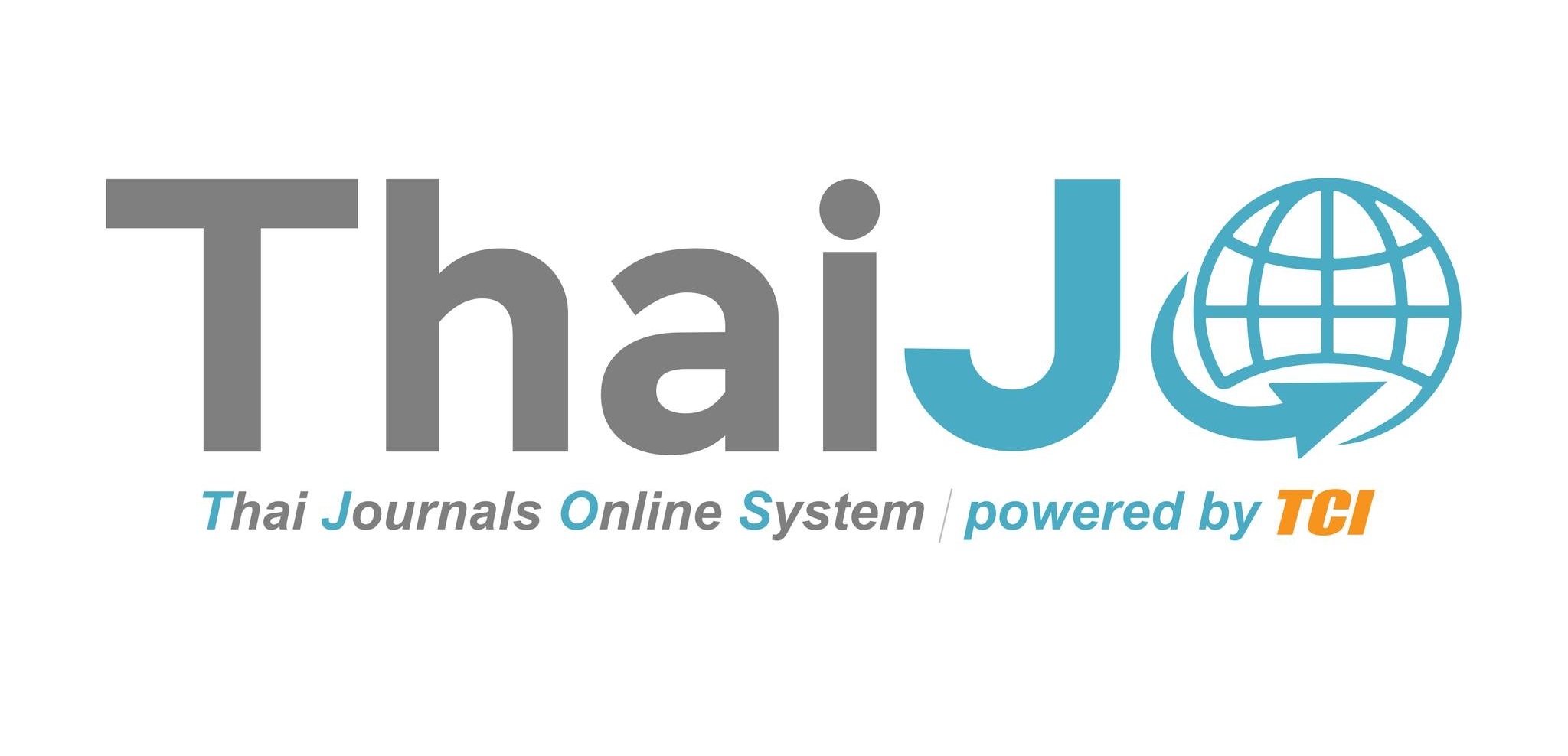Study of problems and solutions to solve outstanding debt problems of Government Savings Bank debtors, Ang Thong Branch
Keywords:
measures, debtors, outstanding debts, problems, guidelinesAbstract
This study has two objectives: 1) To study debt repayment problems of debtors of the Government Savings Bank, Angthong branch after entering into the debt repayment moratorium. 2) To study approaches to solve debt repayment problems of debtors. Data was collected from 193 accounts of debtors who were currently in debt repayment relief measures with outstanding loan of one installment or more using purposive sampling. using a multiple choice questionnaire. And use the criteria to determine the level of influence of the problem by finding a wide range of class interactions. The results of the study found that the majority of outstanding debt accounts are career development loans with outstanding loan amounts of one million baht or more. There is an installment payment that must be paid each month not exceeding 5,000 baht, and the debtor has had chronic outstanding loan problems sine the COVID crisis. Currently unable to repay debts normally. In addition, the debtor has monthly expenses that are at least higher than the income received per month. 10,000-30,000 baht The solution to the problem can be done by considering the problem. Give advice and set debt repayment measures according to debt repayment ability and set new debt repayment conditions.
References
Chomluksana suwannakan, picket pro Mai, and Yupa Urairat. (March 2021). “Factor, causes and guidelines for reducing the problem of non-performing loans : Government savings bank songkhla area 2.” Journal of Narathiwat rajanakrin university, humanities and social sciences. 9(1) : 1-15.
Chanakan panthanom and sumalee ramaunt. (December ธันวาคม 2021). “Factor affecting default : a case study of Supreme Samson company limited.” Western university research journal, humanities and social sciences. 7(3) : 1-12.
Kasikorn bank. (2016). Business financial health check. [online]. Source : https://www.kasikornbank.com/th/business.sme.ksmeknowledge.article.financialtips.pages.financial-health-check.aspx [September 2023].
Bank of Thailand (2023). Sustainable approaches to solving household debt problems. [online]. Source : https://app.bot.or.th/landscape/household-debt/ [September 2023].
Niwat kanjanapumin. (2013). 6 Cs of credit indicators : To lend or not to lend. [online]. Source : https://ncb.co.th/Press_20061108.htm [September 2023]
Pitipat nitayakamul. (2019). Monetary theory : The demand to Hold money. [september 2023].
Marisa sakulwatthana. (2021). A study of factors affecting debt formation : a case study of young employees in private companies. Master of Arts thesis in social management, Faculty of social sciences, Srinakharinwirot university.
Vanish chokpod. (2011). Informal debt of employees : a case study of sahapat sriracha industrial estate, chonburi province. Master of political science thesis, burapha university..
Supakorn aimsook . (2018) Factors affecting the default of the debtors of the land bank management institute (public organization). Independent study for master of economics, Economics program, thammasat university..
Government savings bank research center. (2023). Grassroots economic situation report, June 2023. [online]. Source : https://www.gsbresearch.or.th.wp.content/uploads.2023/07/GR_outlook_5_66_ detail.pdf [september 2023].
Bank of Thailand association. (2024). Thai household debt is set to accelerate to 91.4% of GDP by the end of 2024, with credit card debt, leasing and personal loans growing fastest in a decade. [online]. Source : https://www.tba.or.th [December 2024].
Hemwala chedchupansri, Thirawat junthek (2016). Cost analysis model based on the financial holding needs of nursing in private universities. Independent study for master of public and private sector management, faculty of management science, silpakorn university.






